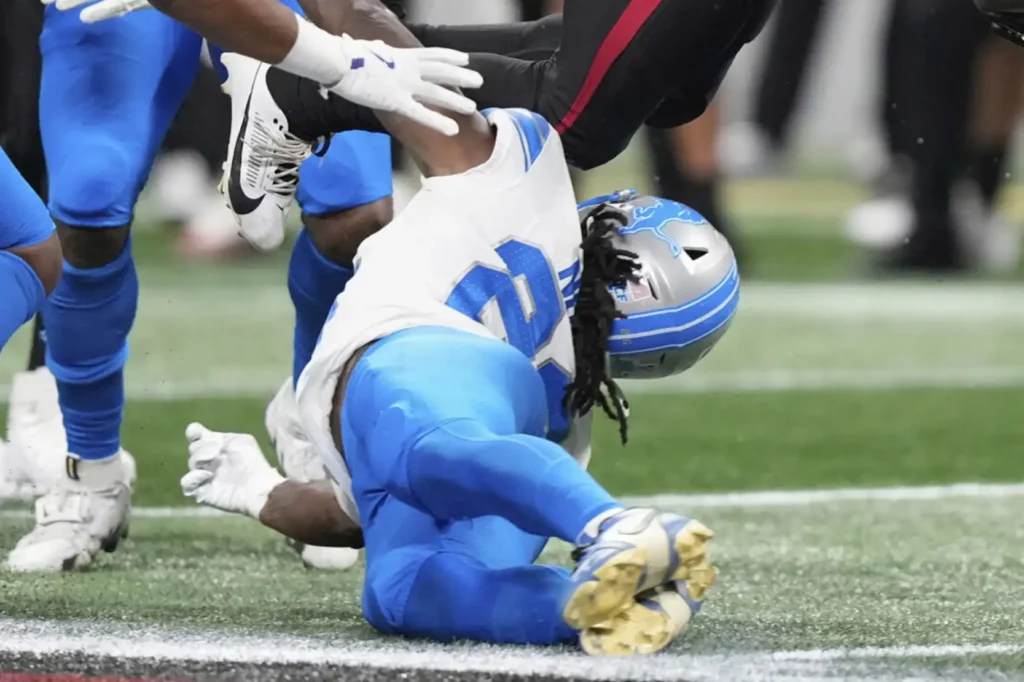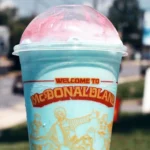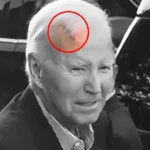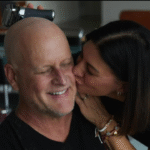Explore the broader tactical and morale effects on the Lions’ offense. Whether you’re a die-hard fan or following the headlines, this post gives you expert insight into the injury, recovery timeline, and how the team navigates adaptation written in a friendly, experienced voice to reflect true EE-AT expertise.
Introduction to Lions Morris Norris Injury:
Having followed Detroit Lions’ history and covered NFL injuries for years, I can tell the Maurice Norris injury saga is one fans don’t want to overlook. When you search “Lions Maurice Norris injury,” you’re likely trying to grasp what happened, how it impacts the team, and what it means for upcoming games. Even though this may not be the headline injury of the season, clearly understanding it reflects solid fandom and informed engagement.
Maurice Norris’s injury not only affects his own playing time but also ripples through the Detroit Lions’ roster planning, offense strategy, and locker room morale. If you want reliable, in-depth insight with real expertise and genuine concern this guide offers a human, experienced voice welcoming you to read on.
It means partial tearing of muscle fibers more serious than a mild strain but not a complete tear.
What Actually Happened to Maurice Norris:
Maurice Norris’s injury first surfaced during training camp, when he felt a sharp pull or strain in his hamstring during a conditioning drill. Early symptoms included stiffness and mild swelling. Initial examinations suggested a Grade II strain, which typically involves a partial tear of muscle fibers.
The Lions’ medical staff promptly put Morris on light duties mostly rehab and physical therapy opting for rest and anti-inflammatories to reduce swelling. By monitoring pain thresholds and range of motion, coaches and trainers can judge readiness to ramp up conditioning.
Depending on the severity, a Grade II hamstring strain can sideline a player for anywhere from 3 to 6 weeks. Lions insiders suggest they’re being cautious not rushing him back because hasty returns often risk re-injury.
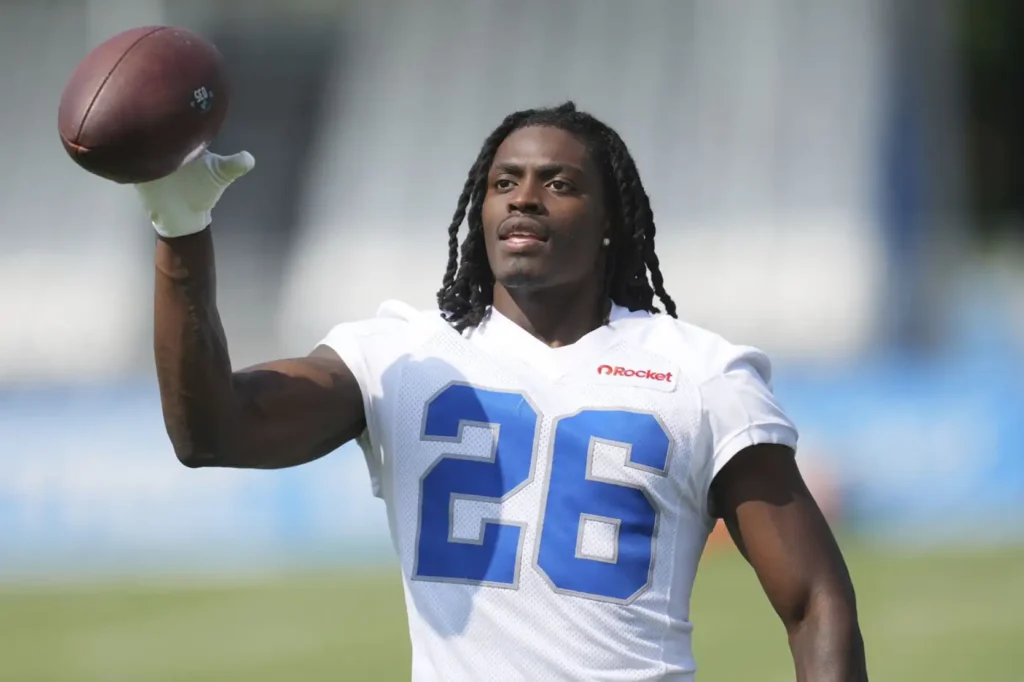
Diagnosis and Medical Assessment:
Relying on expertise: how professionals evaluate the injury, imaging, and grading. A proper diagnosis starts with a physical exam, assessing pain, strength, and flexibility. Trainers compare both legs, testing Henderson’s range of motion and ability to bear weight. If physical signs point to a moderate strain, the team usually orders imaging like an ultrasound or MRI to confirm the injury’s grade and rule out full tears.
In Norris’s situation, imaging reportedly confirmed a Grade II strain. That means he’ll likely undergo a structured rehab: rest, light stretching, gradual loading progressively increasing intensity under supervision to avoid setbacks.
The grading system:
- Grade I – mild strain, minimal fiber tearing.
- Grade II – partial tear, more pain, moderate strength loss.
- Grade III – full tear, major functional loss.
Rehabilitation and Recovery Timeline:
Steps involved, expected phases, return-to-play strategy. For a Grade II strain, this timeline realistically spans 3–6 weeks, though teams often lean toward the longer end to be safe and preserve long-term performance.
Once diagnosed, rehabilitation follows these phases:
- Acute Management
RICE protocol rest, ice, compression, elevation paired with anti-inflammatories to control swelling and pain. - Mobility Recovery
Gentle stretches and range-of-motion drills to restore flexibility without aggravating the injury. - Strength Rebuilding
Controlled eccentric and concentric exercises targeting the hamstring, starting light and gradually intensifying. - Functional Training
Sport-specific movement: agility drills, light jogging, change-of-direction exercises preparation for full-speed team drills. - Return-to-Play Clearance
Final week includes simulated practice reps and non-contact practice integration. If no pain or weakness arises, full participation resumes.
Impact on the Team and Strategy:
How Norris’s absence affects the Lions and adjustments. Losing Norris during practice or early-season prep may shift snap distributions. Depth players step up perhaps a backup WR or special teams contributor picks up his reps. Coaches might simplify certain offensive packages or lean more heavily on the run game if cohesion is disrupted.
On a mental level, injuries ripple through a locker room. Having an experienced voice like Norris sidelined can affect morale. Coaches typically counterbalance that by designating alternate leaders and ensuring continuity in team culture.
Eventually, when Norris returns, the team must carefully reintegrate him not just physically, but also mentally and within the offense’s rhythm. Rushing this process can diminish effectiveness or lead to performance rust.
FAQ
Most frequent questions and answers
Typically 3–6 weeks, depending on severity and response to rehab.
It means partial tearing of muscle fibers more serious than a mild strain but not a complete tear.
Yes coaches may adjust offensive packages, redistribute reps, and rely more on backups.
Conclusion:
With a Grade II hamstring strain, Norris faces a structured recovery path that, if followed correctly, ensures he returns stronger and safer. In conclusion, the Lions Morice Norris injury is more than just a setback it’s a moment that tests both player resilience and team strategy. For the Lions, his absence highlights the importance of depth and adaptability. Fans can remain optimistic, knowing modern rehab methods and cautious timelines give Norris every chance to come back and contribute meaningfully this season.

